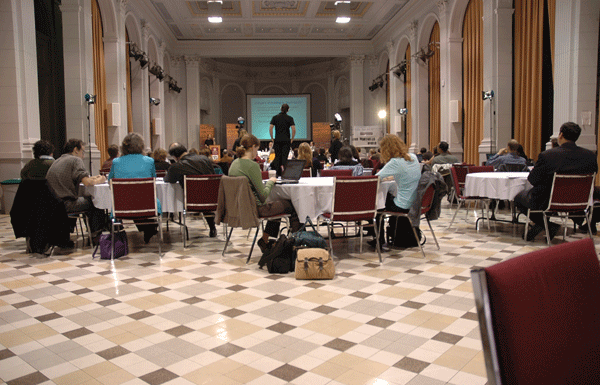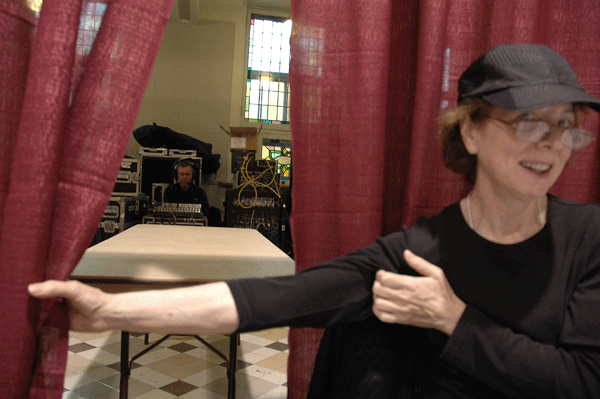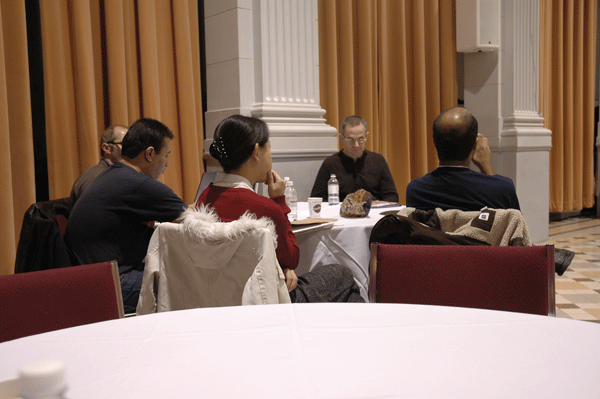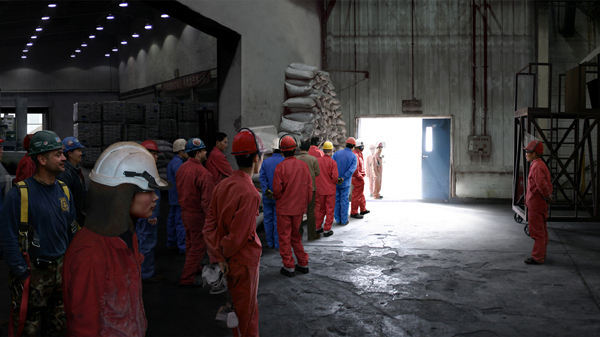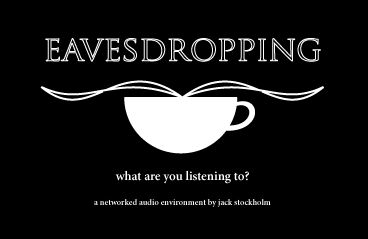Art Exhibition
New Pertinent Event
Postmasters Gallery
New York
KRISTIN LUCAS :
If Then Else End If
20 Oct – 24 Nov 2007
Kristin Lucas succeeded in legally changing her name from Kristin Sue Lucas to Kristin Sue Lucas. In Alameda County Court, the presiding judge who granted the request said:
“So you have changed your name to exactly what it was before in the spirit of refreshing yourself as though you were a web page.”
Postmasters is pleased to announce the exhibition of new works by KRISTIN LUCAS “If Then Else End If” opening on October 20 and remaining on view until November 24. This is the artist’s third solo show with the gallery.
Positioning herself at the center of her projects, Lucas’ work addresses the complexity of our relationship to the digital realm and the psychological effects of rapid spread technology. Reversing a popular concept of infusing humanity into machines she instead applies familiar strategies of electronic media to her own life. Transformations, mutations, copies, updates, versions, and self-investigation are the focus of Lucas’ exhibition.
“Light Boxes” (digital prints on backlit film) are photographic self-portraits with special f/x makeovers wherein the body appears diseased, the virus attacking the organic matter. Lucas, the techno-martyr, is placed within surroundings infused with digital debris and artifice. The portraits translate the complex state of being either/or, all and in between: send and receive, crash and recovery, and physical and virtual in times of transition and mutability.
“Whatever Your Mind Can Conceive” is a multiple channel video projected onto roadside billboards surrounded by a desert landscape. Flaming comets, translated from pinball game graphics into laser-cut forms, pummel a landscape of cast fiberglass rocks, interlacing psychological, physical, and virtual terrains. In the videos, Lucas performs herself differently-abled, set out on an introspective journey in search of self- knowledge, while recovering from the bizarre effects of an inflamed rash, a rash that functions as an antenna for receiving Bingo call numbers. Under the care of licensed hypnotherapist, Dr. Ron Abbott, a collaborator in this lived performance, Lucas retires from her position as Bingo caller (a position that she does not actually hold) at an airport casino (that does not exist).
Also Showing: Second gallery of Postmasters presents the projects related to new Kristin.
In “Refresh” the artist receives a government-issued refresh. Kristin Lucas becomes the most current version of herself. Documentation includes a certified name change form, newspaper clipping, sketches from court hearings, and a transcript of a philosophical debate between the artist and the presiding judge over the perception of change.
Shown alongside “Refresh” is “Before and After” – a mixed media group show/installation of portrait sets of Kristin Lucas before and after her name change.
Postmasters Gallery
459 West 19th Street
(at 10th Avenue)
New York
NY 10011


